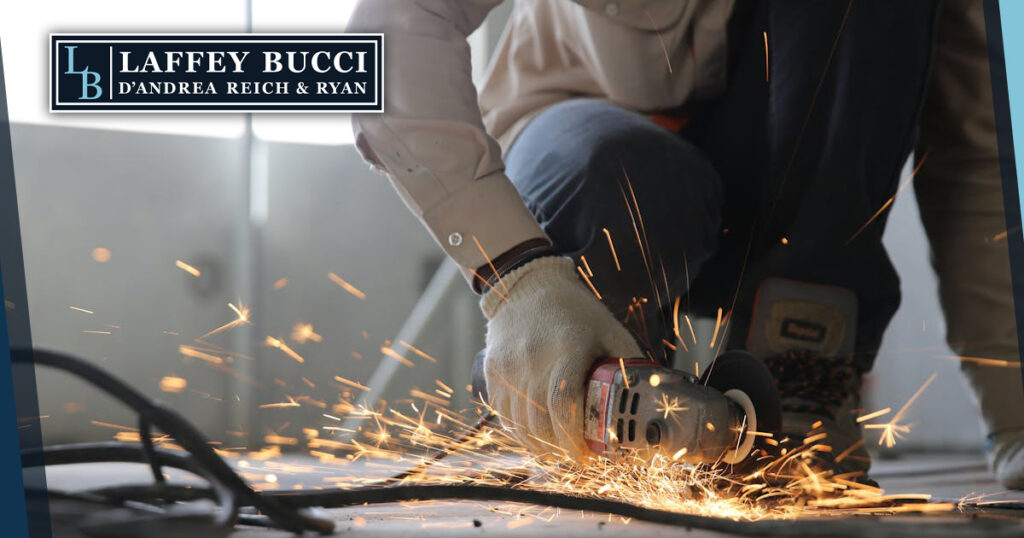OSHA & Demolition Operations – Worksite Safety Considerations
For obvious reasons, demolition operations are very dangerous. The workers who are engaging in the demolition process and bystanders are subject to the risks inherent in demolition operations. When things go wrong, innocent lives may be taken. The Philadelphia demolition accident is a recent example of a demolition operation tragedy.
OSHA is tasked with regulation of construction and worksites, including demolition activities. However, OSHA does not proactively regulate and inspect worksites. Instead, OSHA only gets involved if someone makes a complaint about worksite safety issues.
Generally, OSHA regulations apply to all construction activity, like demolition activity, but compliance is largely left to employers. Below are some OSHA regulations which apply to demolition activities:
1926.850(a) Prior to permitting employees to start demolition operations, an engineering survey shall be made, by a competent person, of the structure to determine the condition of the framing, floors, and walls, and possibility of unplanned collapse of any portion of the structure. Any adjacent structure where employees may be exposed shall also be similarly checked. The employer shall have in writing evidence that such a survey has been performed.
1926.850(b) When employees are required to work within a structure to be demolished which has been damaged by fire, flood, explosion, or other cause, the walls or floor shall be shored or braced.
1926.850(c) All electric, gas, water, steam, sewer, and other service lines shall be shut off, capped, or otherwise controlled, outside the building line before demolition work is started. In each case, any utility company which is involved shall be notified in advance.
1926.850(d) If it is necessary to maintain any power, water or other utilities during demolition, such lines shall be temporarily relocated, as necessary, and protected.
1926.850(e) It shall also be determined if any type of hazardous chemicals, gases, explosives, flammable materials, or similarly dangerous substances have been used in any pipes, tanks, or other equipment on the property. When the presence of any such substances is apparent or suspected, testing and purging shall be performed and the hazard eliminated before demolition is started.
1926.850(f) Where a hazard exists from fragmentation of glass, such hazards shall be removed.
1926.850(g) Where a hazard exists to employees falling through wall openings, the opening shall be protected to a height of approximately 42 inches.
1926.850(h) When debris is dropped through holes in the floor without the use of chutes, the area onto which the material is dropped shall be completely enclosed with barricades not less than 42 inches high and not less than 6 feet back from the projected edge of the opening above. Signs, warning of the hazard of falling materials, shall be posted at each level. Removal shall not be permitted in this lower area until debris handling ceases above.
1926.850(i) All floor openings, not used as material drops, shall be covered over with material substantial enough to support the weight of any load which may be imposed. Such material shall be properly secured to prevent its accidental movement.
1926.850(j) Except for the cutting of holes in floors for chutes, holes through which to drop materials, preparation of storage space, and similar necessary preparatory work, the demolition of exterior walls and floor construction shall begin at the top of the structure and proceed downward. Each story of exterior wall and floor construction shall be removed and dropped into the storage space before commencing the removal of exterior walls and floors in the story next below.
1926.850(k) Employee entrances to multistory structures being demolished shall be completely protected by sidewalk sheds or canopies, or both, providing protection from the face of the building for a minimum of 8 feet. All such canopies shall be at least 2 feet wider than the building entrances or openings (1 foot wider on each side thereof), and shall be capable of sustaining a load of 150 pounds per square foot.
In many work and construction site accident cases, such as those involving demolition activities, OSHA regulations were negligently or intentionally violated. It is important to have a potential case reviewed by a construction site accident lawyer with experience handling these kinds of cases.
Related:
- Philadelphia Demolition Accident – At Least One Woman Killed
- PA & NJ Construction Accident Lawsuits: Heavy Equipment Accident Cases
About Our Pennsylvania and New Jersey Work Accident Lawyers
Our work/construction accident lawyers are passionate about workers’ rights and accident safety. Our law firm proudly represents union and nonunion workers, such as:
- carpenters,
- plumbers,
- electricians,
- steel workers,
- iron workers, and
- laborers.
To submit your case for review by our Pennsylvania and New Jersey workplace and construction accident lawyers, call (215) 399-9255. See our lawyers’ results in construction accident cases.
Our lawyers are available for a free, no obligation legal consultation, and can obtain special admission in other states, such as New York or Delaware, on a case by case basis by working with local counsel. Our firm welcomes calls from local counsel to discuss a construction/worksite accident case.
Our accident attorneys serve accident victims in the following areas: Allegheny County, PA; Berks County, PA; Bucks County, PA; Chester County, PA; Delaware County, PA; Lehigh County, PA; Montgomery County, PA; Northampton County, PA: Philadelphia County, PA; Atlantic County, NJ; Burlington County, NJ; Camden County, NJ; Cumberland County, NJ; Gloucester County, NJ; Salem County, NJ; New Castle County, DE; Kent County, DE; Atlantic City, NJ; Philadelphia, PA; Pittsburgh, PA; Newark, NJ; Doylestown, PA; Media, PA; West Chester, PA; Norristown, PA; Camden, NJ; Wilmington, DE; Newark, DE; Georgetown, DE; and New Castle, DE.
**This website does not provide legal advice. Every case is unique and it is crucial to get a qualified, expert legal opinion prior to making any decisions about your case. See the full disclaimer at the bottom of this page.

